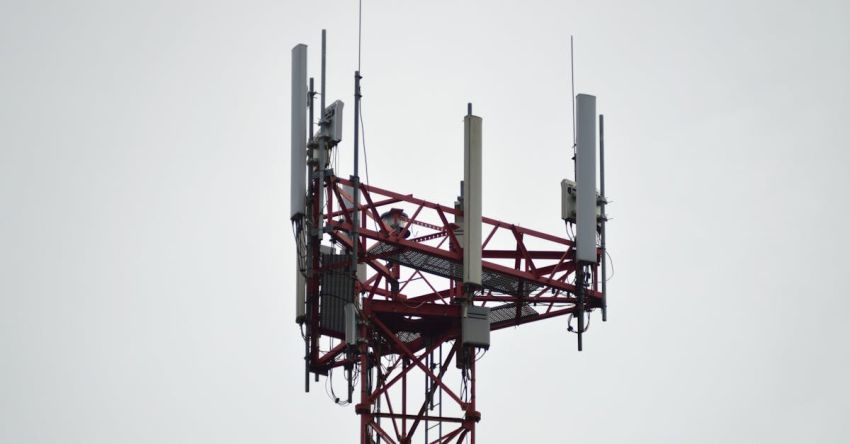What Are the Challenges in Deploying 5g Cell Towers?

As the world transitions into the era of 5G technology, the deployment of 5G cell towers has become a topic of discussion and debate. While the promise of faster internet speeds, lower latency, and enhanced connectivity is enticing, the process of setting up these towers comes with its own set of challenges. From regulatory hurdles to infrastructure limitations, the journey towards a fully connected 5G world is not without obstacles. In this article, we will delve into the various challenges that come with deploying 5G cell towers and explore the complexities involved in bringing this revolutionary technology to life.
Regulatory Hurdles
One of the primary challenges in deploying 5G cell towers lies in navigating the complex web of regulations and permissions required for their installation. Unlike traditional cell towers, 5G infrastructure often involves a larger number of smaller towers spread out across urban areas to support the high-frequency bands used by the technology. This decentralized approach can lead to conflicts with local zoning laws, aesthetic concerns, and environmental regulations.
Additionally, the process of obtaining permits for 5G towers can be time-consuming and costly, further delaying the rollout of the technology. Different jurisdictions may have varying requirements, making it challenging for telecommunications companies to streamline the approval process across different regions. As a result, the regulatory landscape presents a significant barrier to the rapid deployment of 5G networks.
Infrastructure Limitations
Another key challenge in deploying 5G cell towers is the existing infrastructure limitations that hinder the expansion of networks. While 5G technology holds the promise of ultra-fast speeds and massive connectivity, it also requires a denser network of towers and small cells to function effectively. This means that telecommunications companies need to invest in upgrading and expanding their infrastructure to accommodate the demands of 5G technology.
However, the cost of deploying new towers and small cells can be prohibitive, especially in rural or underserved areas where the return on investment may be lower. Additionally, the lack of suitable locations for installing 5G equipment, such as rooftops or utility poles, can further complicate the deployment process. As a result, infrastructure limitations pose a significant challenge to the widespread adoption of 5G technology.
Public Perception and Health Concerns
One of the most contentious issues surrounding the deployment of 5G cell towers is the public perception of the technology and concerns about potential health risks. Despite numerous studies indicating that 5G technology is safe and poses no significant health hazards, misinformation and fearmongering have fueled skepticism and opposition to the rollout of 5G networks.
Proponents of 5G technology argue that the benefits of faster internet speeds and improved connectivity far outweigh any perceived risks. However, addressing public concerns and engaging in transparent communication about the safety of 5G technology remains a critical challenge for telecommunications companies and regulatory bodies.
Conclusion: Navigating the Roadblocks to 5G Deployment
In conclusion, deploying 5G cell towers presents a myriad of challenges that must be carefully navigated to realize the full potential of this transformative technology. From regulatory hurdles and infrastructure limitations to public perception and health concerns, telecommunications companies and policymakers face a complex landscape as they work towards building the infrastructure for the 5G future.
Despite these challenges, the promise of 5G technology to revolutionize industries, enhance communication, and drive innovation is too significant to ignore. By addressing these roadblocks through collaboration, innovation, and proactive engagement with stakeholders, the deployment of 5G cell towers can pave the way for a more connected and technologically advanced future.